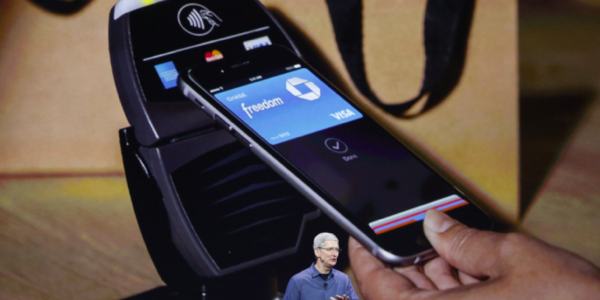Why Apple Pay is a game changer

by: Henry Meier
It’s been about a week now since Apple engaged in what’s become the adult version of Christmas Eve when it previewed its newest must-have gadgets. You undoubtedly have heard by now that Apple will be unveiling a mobile payment system with enhanced security features. Its modest goal is to make plastic payments obsolete and it has already signed up the largest banks in the Country and Navy Federal Credit Union. These institutions have agreed to give Apple a piece of every iPay, sorry, I mean Apple Pay transaction.
If you think that mobile payments will continue to be a small part of the transactions market, or if you think that several competing platforms will be sufficient to meet the payment needs of your members, then you will disagree with everything I am about to say. If, on the other hand, you believe, as I do, that an 800 pound gorilla with the potential of upending traditional banking models has just entered the room, then you should keep on reading. Here are some of the biggest challenges that Apple’s entry into mobile payment presents to your credit union.
- The credit union industry is not exactly fast on its feet, but my guess is on a practical level you will have to decide quickly if you want your members to be able to access Apple Pay with their debit and credit cards. (All those people who pre-ordered their IPhones are going to be mighty upset if they realize they can’t use Apple Pay) If you answer yes, remember that this is going to cost money. If you answer no, then you run the risk of members establishing alternative financial relationships with those institutions that sign up.
- On the bright side, Apple may have the leverage to prod merchants into upgrading their systems. As I understand the technology, merchants will have to equip their stores to handle Apple Pay transactions. As the merchants do so, perhaps they will bite the bullet and retrofit their machines for EMV cards, as well.




